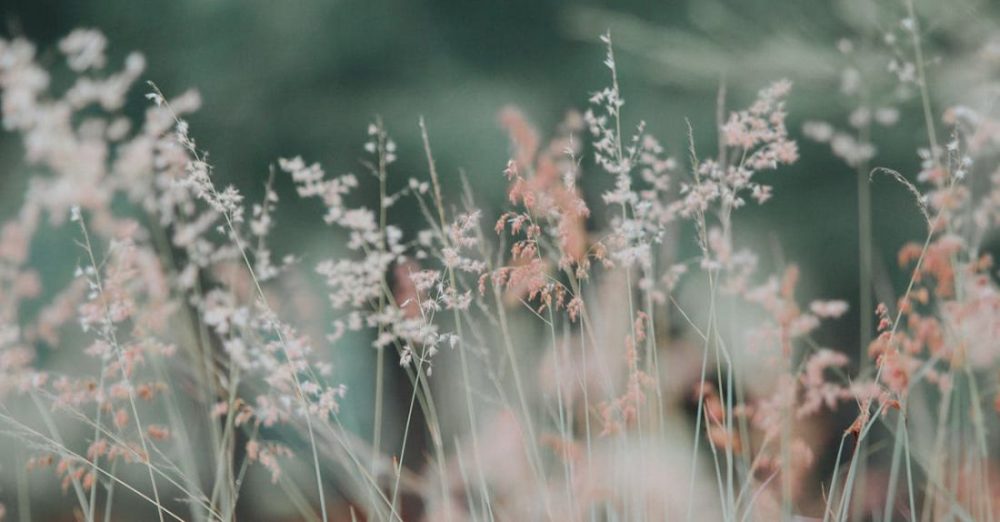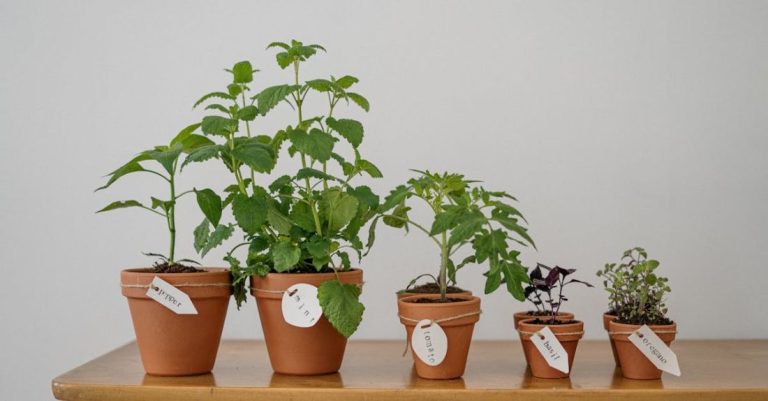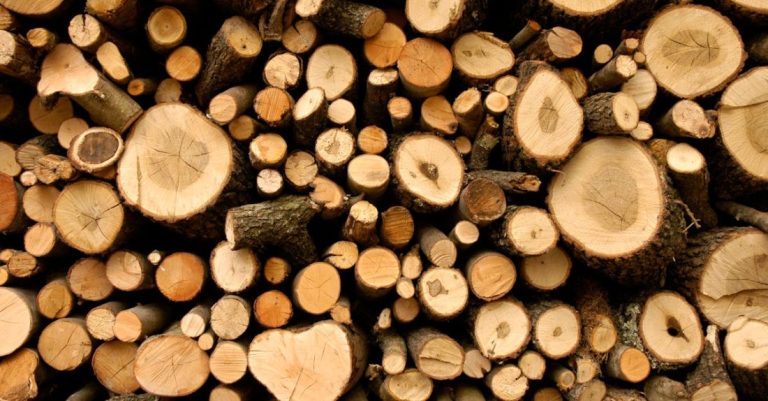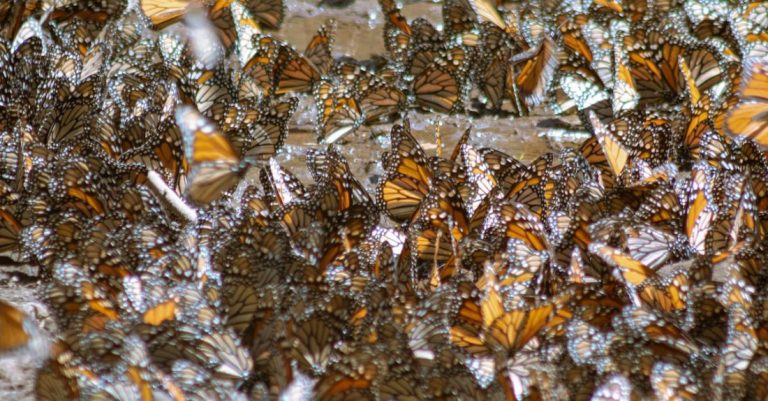
Creating a beautiful garden filled with lush greenery and vibrant blooms is a rewarding endeavor for any gardening enthusiast. However, with so many plant options available, selecting the right plants for your garden can be a daunting task. To help you make the best choices for your outdoor space, consider the following tips on how to choose the right plants for your garden.
Understanding Your Garden’s Conditions
Before you start selecting plants for your garden, it is essential to understand the conditions of your outdoor space. Factors such as sunlight exposure, soil type, and climate will play a crucial role in determining which plants will thrive in your garden. Take note of how much sunlight your garden receives throughout the day, whether it is full sun, partial shade, or full shade. Additionally, consider the soil quality and drainage in your garden to ensure that you choose plants that are suited to these conditions.
Choosing Plants that Suit Your Style
When selecting plants for your garden, consider your personal style and the overall aesthetic you wish to achieve. Whether you prefer a formal garden with structured hedges and neatly trimmed shrubs or a more relaxed and naturalistic look with wildflowers and ornamental grasses, there are plants to suit every taste. Take inspiration from gardens you admire and consider the colors, textures, and shapes of plants that appeal to you.
Selecting Plants for Different Seasons
To ensure that your garden looks beautiful year-round, it is essential to choose plants that offer interest in different seasons. Select a mix of plants that bloom in spring, summer, and fall to enjoy a continuous display of colors and textures throughout the year. Consider incorporating evergreen shrubs and trees that provide structure and interest during the winter months when other plants may be dormant.
Considering Maintenance Needs
When choosing plants for your garden, it is crucial to consider the maintenance requirements of each plant. Some plants may require regular pruning, deadheading, or fertilizing to thrive, while others are more low-maintenance and require minimal care. Take into account the time and effort you are willing to invest in maintaining your garden and choose plants that align with your maintenance preferences.
Creating a Balanced Planting Scheme
To create a visually appealing garden, it is essential to plan a balanced planting scheme that includes a variety of plant types and sizes. Consider incorporating a mix of trees, shrubs, perennials, and annuals to add depth and interest to your garden. Pay attention to the mature size of each plant and allow enough space for them to grow and flourish without overcrowding each other.
Experimenting with Native Plants
Native plants are an excellent choice for gardeners looking to create a sustainable and wildlife-friendly garden. Native plants are well-adapted to the local climate and soil conditions, making them easier to care for and more resilient to pests and diseases. Additionally, native plants provide food and habitat for local wildlife, including birds, butterflies, and bees, enhancing the biodiversity of your garden.
Seeking Expert Advice
If you are unsure about which plants to choose for your garden, consider seeking advice from local gardening experts, nurseries, or botanical gardens. These professionals can provide valuable insight into the best plants for your specific garden conditions and help you create a garden that thrives year after year.
In Conclusion
Choosing the right plants for your garden is a rewarding process that allows you to create a beautiful outdoor space that reflects your style and personality. By considering your garden’s conditions, personal style, seasonal interest, maintenance needs, and plant diversity, you can create a garden that brings joy and beauty to your home. Experiment with different plant combinations, seek inspiration from nature, and enjoy the process of watching your garden flourish and evolve over time.





